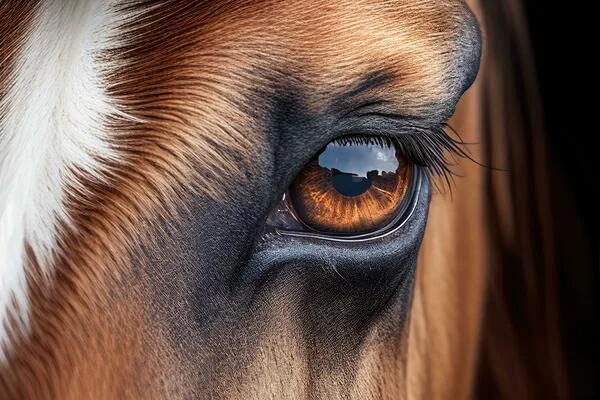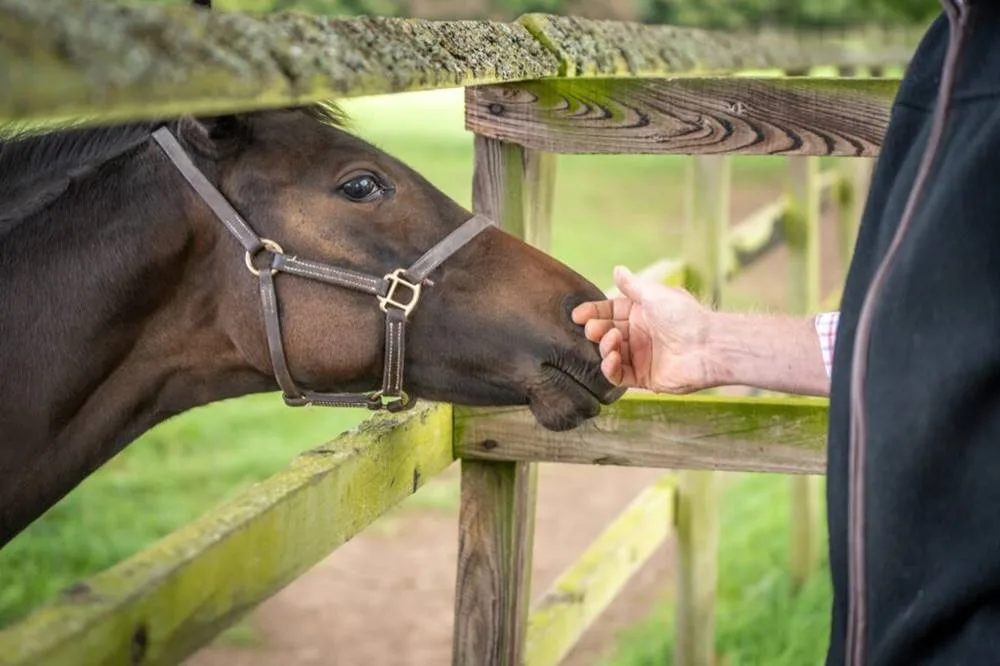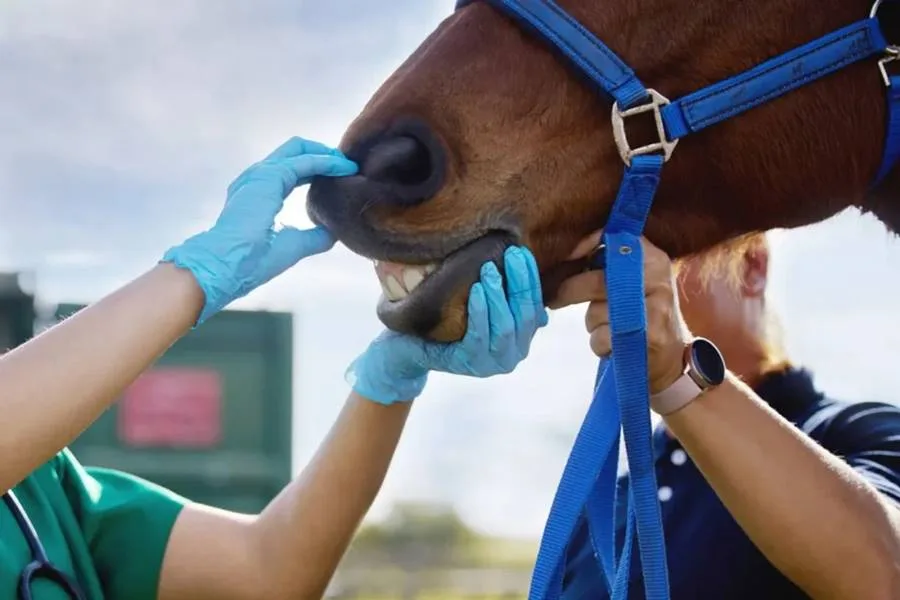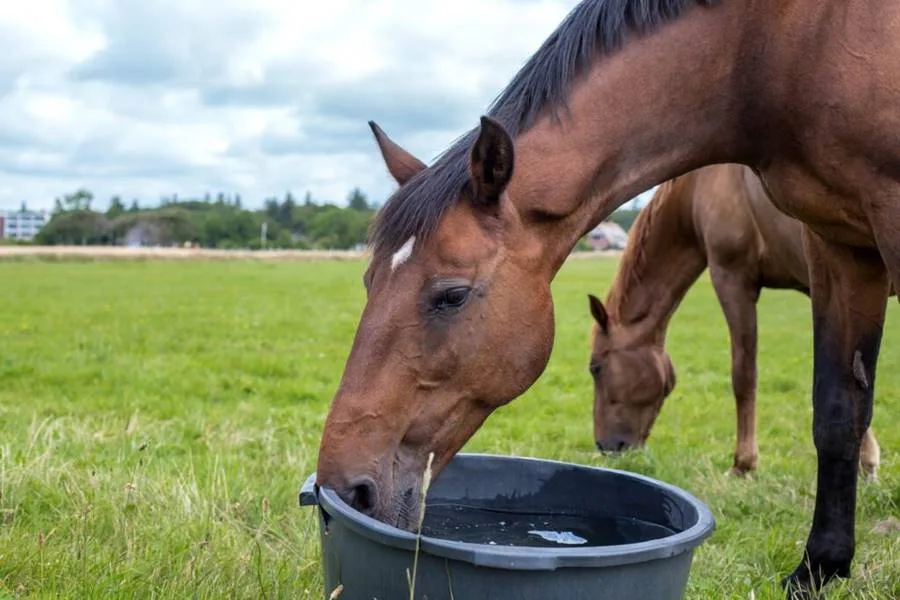Horses have a unique and fascinating way of perceiving the world, thanks to their highly specialized vision.
Unlike humans, who primarily rely on binocular vision (both eyes working together to see the same image), horses have monocular vision. This means that each eye works independently, giving them a broader field of view—about 350 degrees around them.
Key Features of Horse Vision:
- Wide Field of View:
Horses can see nearly all around them at once, with a blinded spot only directly behind their heads. This wide field of view helps them spot potential dangers from a distance, an important survival trait for prey animals. - Sensitivity to Movement:
Horses are incredibly sensitive to movement, even from a distance. This sharpness helps them detect predators. They can often spot subtle changes in their environment, which explains why sudden movements or noises can startle them easily. - Color Vision:
Horses are believed to be dichromatic, meaning they can see some colors but not all. They are most sensitive to shades of blue and green but cannot distinguish between reds and greens, which appears to them as shades of gray or brown. - Night Vision:
Horses are adapted to see better in low light than humans. This is due to a high concentration of rod cells in their eyes, which allows them to detect movement and shapes in dim conditions, such as dawn or dusk. - Depth Perception:
Horses have relatively poor depth perception due to their monocular vision. They rely on their ability to judge distances through other senses, like sound and touch, and their movement patterns to assess depth and avoid obstacles.
Understanding horse vision is essential for anyone who works with horses, as it can explain their reactions to different environments. Whether it’s their startled response to sudden movements or their sensitivity to low light, knowing how horses see the world can improve interactions and training. Their unique eyesight is a product of their evolutionary need to detect threats quickly, keeping them safe in the wild.




